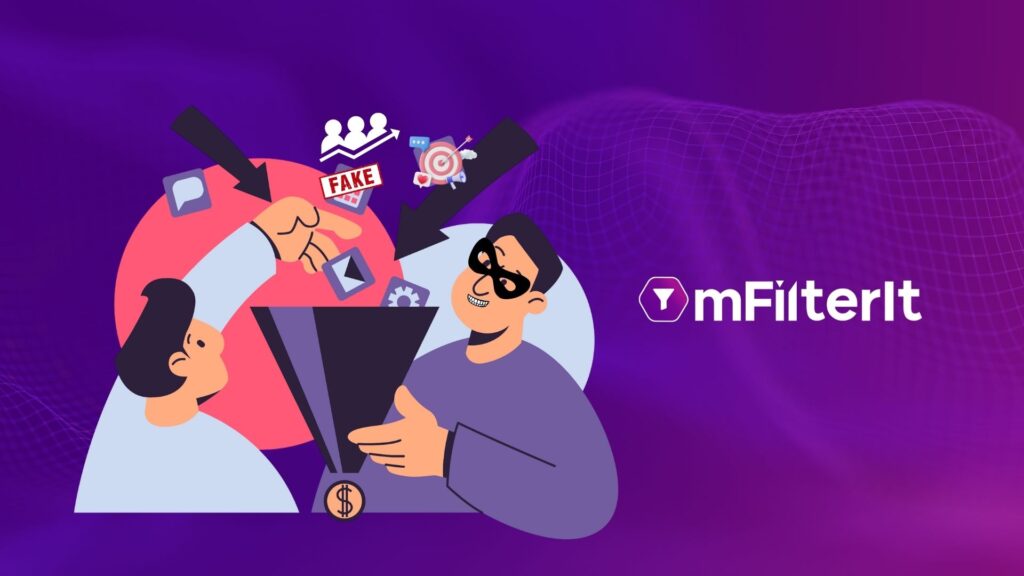Affiliate marketing means hiring people to promote a brand/product/service to boost sales/leads/installs. Affiliates use websites, videos, and social media for advertising/marketing the product or service. Affiliate marketing drives performance.
Affiliate marketing drives conversion/ sales/ revenue for a brand. It is one of the most effective tools for establishing a brand. Affiliate marketers combine multiple efforts to achieve the brand’s goals throughout the funnel. They help in attracting new demographics and help establish the market share of the brand by promoting the brand, positioning it ideally, and tapping the untapped regions.
Unfortunately, advertisers/brands often become victims of affiliate fraud, i.e., generating fraudulent results in exchange for collecting financial payouts.
In 2017, Kevin Frisch, Head of Performance Marketing and CRM, revealed that Uber diminished $100 million of $150 million yearly affiliate marketing spends. The paid promotion was for the installation of the rider app. The brand discovered no change in campaign performance after decreasing the advertising budget. Moreover, the brand detected that paid channel conversions were occurring through organic sources.
In 2018, an IAB report stated that one-third of companies spend more than ten percent of their marketing budget on affiliate marketing. The study even revealed that 11% spent more than $100k monthly, whereas 28% invested $25k monthly.
Table of Contents
Toggle4 Impacts of Affiliate Marketing Scams
● Loss of Trust
The infiltration of fraud in affiliate marketing removes advertisers’ faith in running campaigns through it. Affiliate fraud also hampers the market reputation of legitimate publishers and drives away potential revenue from them. It impacts the company’s goodwill and trust negatively. The biggest fear of any business is to lose customers and frauds like this get you closer to this harsh reality.
● Lower ROIs
One of the biggest drawbacks is the exponential increase in conversion costs. Bot-simulated clicks appear human, to begin with, and therefore advertisers pay for it. It is when they start engaging with it, that they realize the fake interaction and by then they have already bled their ad budgets.
Affiliate fraud jeopardizes the potential ROI of a campaign. Brands receive fake leads/clicks/events that are meaningless. Third-party cookie dropping to simulate a click even though a user hasn’t engaged is a gross waste of advertising dollars. A closer look at down-the-funnel shows ridiculous ratios of click-to-visit and visit conversion ratios. Ultimately, a performance campaign that does not perform is not welcome by brands.
● Misguided Marketing Strategies
Inaccurate numbers for running analytics are the foundation of the biggest strategic blunders that a brand can commit.
Brands determine their ad campaign strategies based on the clicks, leads, and conversions. Unfortunately, affiliate fraud data adds fake data into the analysis. Because of the polluted data, it becomes challenging for marketers to determine the correct direction/approach for their upcoming campaigns which results in a potential loss of revenue for the brand.
● Devalues Marketing Efforts
A recent study mentioned that two-thirds of the traffic online is contributed by good and bad bots and the balance is humans. In a situation like this falling prey to ad fraud can be the last nail in the coffin. Not having access to well-deserved data sets can choke the marketing funnel and create complete chaos within the organization. Exposure to polluted data from a sales/marketing standpoint can fundamentally jeopardize the business as a whole.
3 Methods to Identify Affiliate Fraud
● Unexpected Campaign Results
On average, an install or click conversion rate through advertising campaigns doesn’t exceed 10%. So, if you witness a sudden spike of more than 40%, it is most likely fraudulent. Marketers and advertisers should analyze the affiliate source, compare the affiliate with other sources, etc. A proactive approach would include vetting the marketing partner before signing an agreement. Usually, an abnormally high CTR, very short user session (50% lower than average), high bounce rates, and visitors without cookie files are the most common parameters to understand fraud
● Unresponsive Leads
As a marketer, it is very important to completely understand a user’s journey. This essentially helps to map the various stages leading up to conversion. This is the key to differentiating between a legitimate and an illegal engagement. Sudden spikes in traffic can be a very short-lived joy as the chances of fake leads being generated are considerably high. Machines don’t pay for things so taking up bot leads and hitting the wall is a marketer’s worst nightmare.
● Spike in Consumers Complaints
Contacting forged data leads can often spike consumer complaints, as the person never connected with the brand or its advertisements. The consumer feels that their privacy is violated and they never convert. Moreover, brands can even witness unusual chargebacks or refunds. Many fraudsters make fake sales using stolen credit cards. So, the merchant might witness a high return volume or chargeback after paying a commission to the cybercriminal. Brands should investigate the cause of such complaints and unearth the fraudulent activity.
4 Types of Affiliate Fraud
● Cookie Stuffing
Fraudsters use cookie stuffing for lead misattribution and to obtain financial gain from advertisers. A cookie is a tracking tool used for analyzing consumer journeys on a website. Cybercriminals drop third-party cookies on the visitor’s web browser without consent. These redirect the visitors to the brand’s website whenever they view the brand’s advertisement on a partner site. By doing so, fraud affiliates acquire attribution for click/view on the ads. Hence, cybercriminals hamper the campaigns of legitimate affiliates.
● URL Hijacking
A common ad fraud practice associated with cookie stuffing is URL hijacking. Cybercriminals create URLs similar to the brand’s product/service pages with typos. A user redirects to the original website page after clicking these duplicate URLs. The Search Engine Result Pages (SERPs) also display the fraudulent results with the typo URL. This activity allows fraudsters to obtain credit for a visit to the brand’s website by stuffing cookies through the fraudulent webpage on the visitor’s browser.
● Transaction Fraud
Transaction fraud involves using information from a stolen credit card to purchase a brand’s products/services. It causes credit card chargebacks, steals ad revenue, and high product return rates.
● Bot Traffic
Affiliate marketing campaigns are often targeted by bot traffic. Unscrupulous affiliates use bots to generate fake clicks and leads on affiliate marketing campaigns. Cybercriminals use practices like a screen refreshing after certain time intervals for delivering ad impressions. Optionally, they even fill website forms using sophisticated bots. The scariest implication of bots is by attacking through Distributed Denial of Service (DDOS). The bots flood unbearable requests into the IT resources and lock them down.
Takeaway
Cybercriminals continuously find ways to acquire attribution, drain advertising revenue, and penetrate web sources. They infiltrate platforms using multiple methods like cookie stuffing, URL hijacking, bots, etc. Affiliate fraud hampers the marketing strategies, spikes consumer complaints, delivers unresponsive leads, and creates negative publicity.
Brands can refrain from the impacts of affiliate fraud using a real-time ad fraud detection solution, optimizing ad campaigns and brand safety, and recognizing top-performing affiliate trends. Identifying and rewarding the top performers would also help brands optimize their affiliate marketing campaigns and obtain great results and real analytics.
Get in touch to learn more about the Affiliate Campaign.







